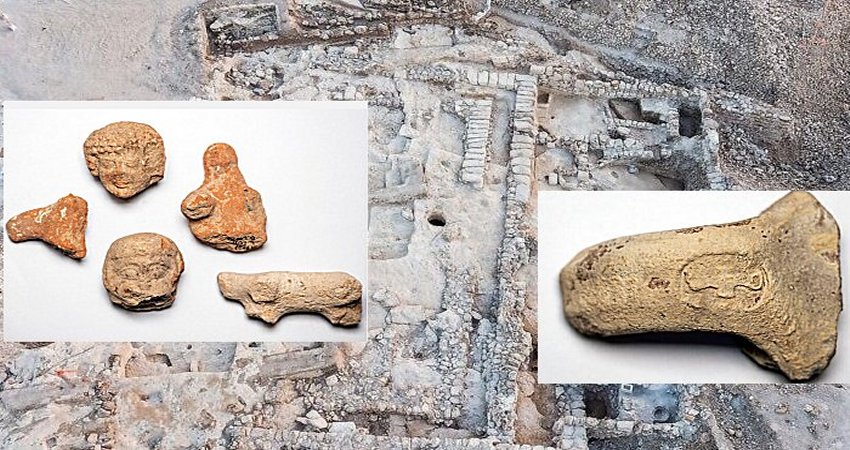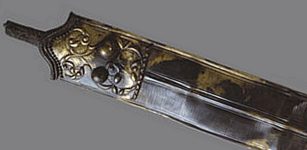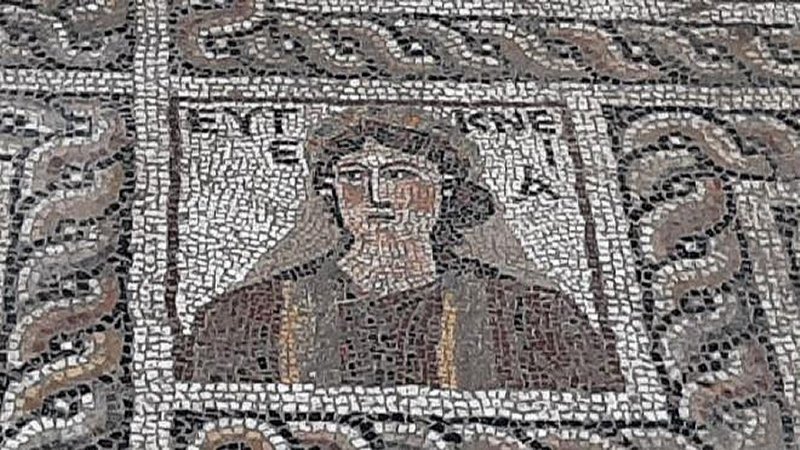Viking Graves In Ribe Pose An Ancient Mystery
MessageToEagle.com – Ribe in Denmark is the first and oldest city in Scandinavia. During the Viking Age, Ribe became a place of great significance.
The town provided direct access to the open sea, which is the reason why it developed as a center of trade that attracted tradesmen from near and far. Up to now it was believed that Scandinavia’s first town, Ribe was built in the end of the eighth century. However, a more recent study has moved Scandinavian urban history almost 100 years further back in time.
In the town of Ribe there are many Viking graves, but there is something wrong with the Norse burial sites. There is reason to suspect something very dramatic happened here.
From the beginning of the 8th century up until the end of the 9th century, Viking graves in the town of Ribe in Denmark were largely reserved for the most holy of citizens. Archaeologists excavating in Ribe have now discovered that by the end of the 9th century something changed.
“While the marketplace expanded, they suddenly started to build on top of these graves. In some cases they built almost ostentatiously right on top of a grave, which was probably visible and marked,” says archaeologist and excavation leader Søren Sindbæk from the University of Aarhus, Denmark.
“Previously, people thought that Ribe had stopped developing as a city by the 900s, but the results of our grave excavations now suggest that this could be completely wrong. I think something dramatic happened,” says Sindbæk.
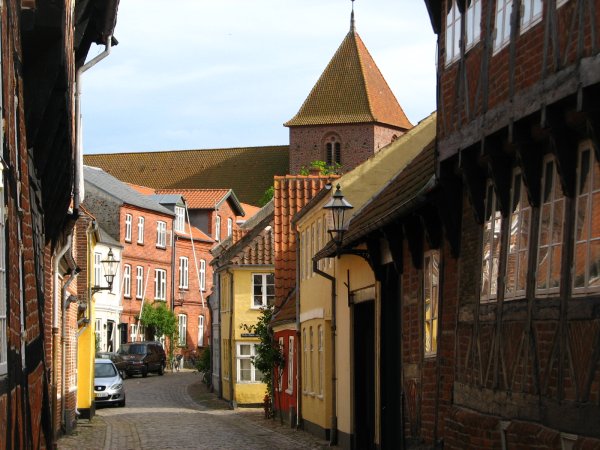
During the same time period someone built a fortress and a 700 meters long and 20 meters wide moat around the city.
Was there a specific reason why Ribe must be protected? Was the town under attack?
For many years, archaeologists thought that the town had all but ceased to exist based on the lack of finds from the 10th century, but then they unearthed a grave from this period near to the city’s cathedral. The new grave suggests plenty of life in the city throughout this time.
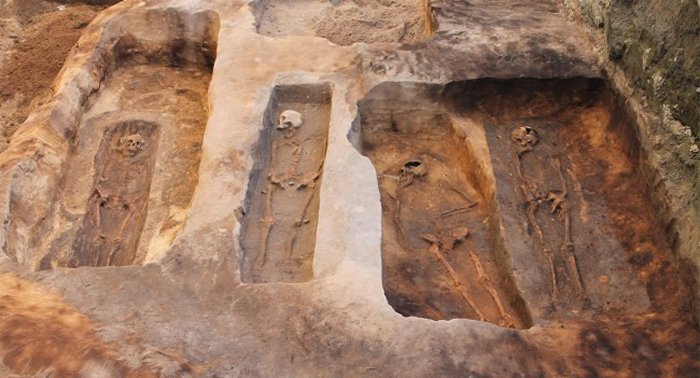
One possibility is that Ribe simply expanded so much that marketplace activities shifted to a new area, but archaeological evidence speaks against this theory. While one part of the city was expanding, another part appeared to be shrinking.
It is therefore more likely the answer lies in the abrupt shift in the political power in Denmark.
“There is a sudden break in the royal ranks around this time, so there is some evidence that there was a breakdown in the Danish monarchy. We can imagine that the balance of power that protected Ribe until then simply disintegrated. Perhaps new rulers arrived? Ribe was too important a strategic site to just be forgotten,” Sindbæk said.
See also:
Scandinavian’s Oldest Town Ribe Is Much Older Than Previously Thought
Explore The Mysterious Ancient World Of The Vikings
Denmark’s Largest Viking Gold Treasure Discovered
Changes in other parts of the world played a vital role and brought new rulers and actors to Ribe.
“This was the high point of the Viking raids, and we get a more focused military order as a result. For example, we know of a type of military base, called longphuirt, which were controlled by Scandinavian warrior groups in the British Isles,” Sindbæk said.
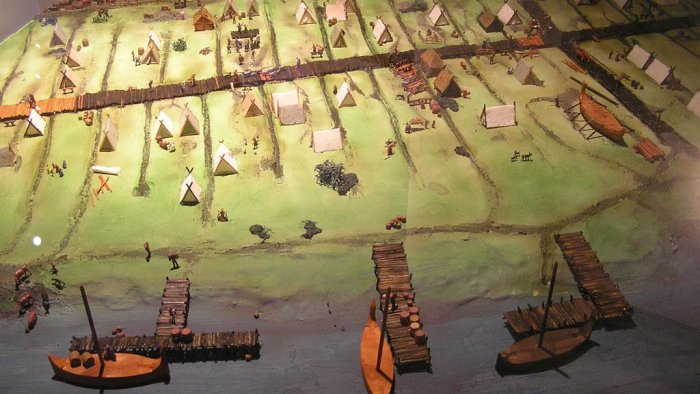
Another more simple and yet less appealing explanation is that the Viking graves were neglected and forgotten.
The establishment of the Ribe cathedral at around the same time suggests to him a time of peace rather than a violent military take over.
The church survived throughout the 10th century and he finds it difficult to imagine that this would have happened if a Viking army had suddenly taken over the city.
“I cannot deny the evidence behind the construction on top of the burial ground that indicates a dramatic scene, for example with new rulers coming into the city. But it could also simply be that the burial site was no longer of use or they were just forgotten about,” says Søvsø.
This could be the reason why people suddenly started to build on top of the Viking graves.
MessageToEagle.com

